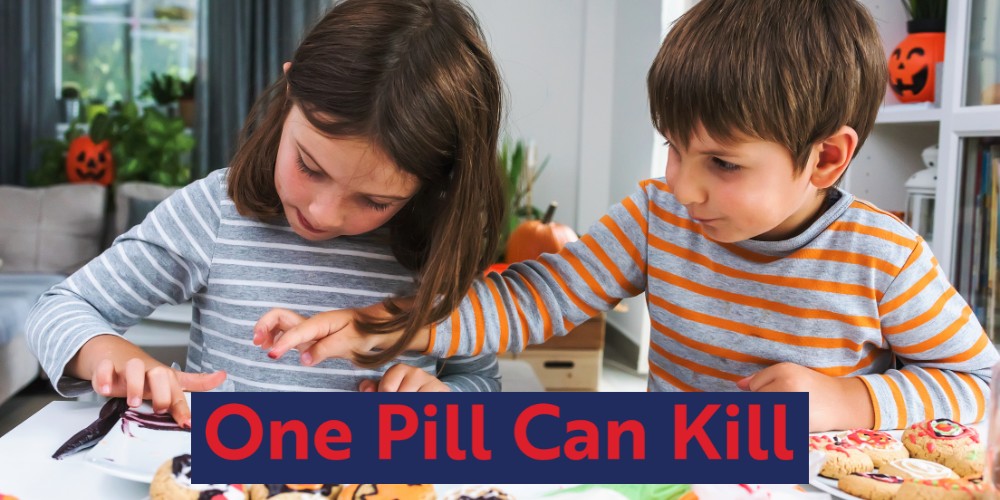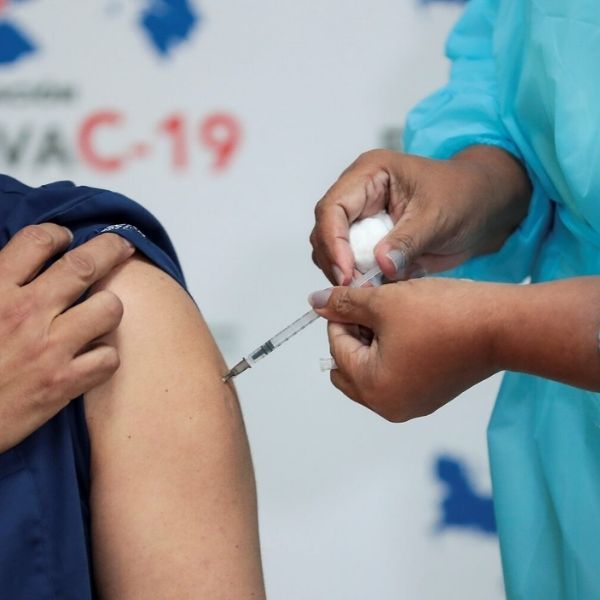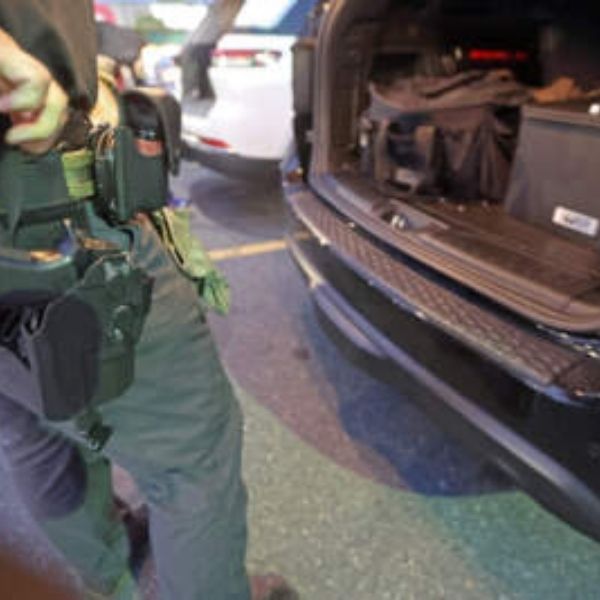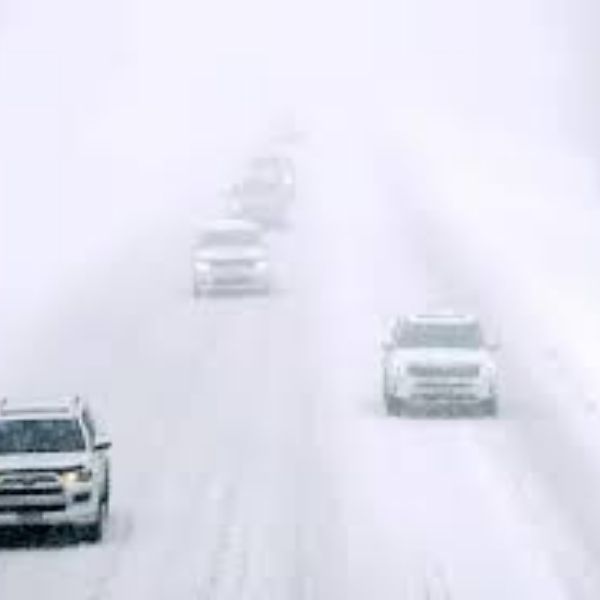The DEA reports that most counterfeit pills now contain enough fentanyl to kill instantly—yet teens believe they’re just taking a “study pill” or something a friend shared.
Doctors warn that one counterfeit pill is enough to take a child’s life—and most kids have no idea how serious the danger is.
These fake pills are made to look just like trusted medications, but federal investigators say many contain deadly amounts of fentanyl. Parents are being urged to take action now because the threat is much closer to home than they think.
A single counterfeit pill laced with illicit fentanyl can kill a child within minutes. Federal investigators caution that these pills are so convincing that even trained pharmacists sometimes struggle to spot the difference. Meanwhile, kids—especially teens—are getting access to them far more easily than most parents realize.
The Drug Enforcement Administration reports that six out of ten counterfeit pills tested now contain a potentially lethal dose of fentanyl. The agency’s One Pill Can Kill campaign explains that these pills are designed to look exactly like OxyContin, Percocet, Xanax, and even ADHD medications like Adderall, giving young people a dangerously false sense of safety. Source: DEA One Pill Can Kill initiative, https://www.dea.gov/onepill.
The CDC reports that overdose deaths among adolescents have more than doubled in recent years, largely driven by counterfeit fentanyl-laced pills that teens believe are legitimate medication. Source: CDC overdose data, https://www.cdc.gov/stopoverdose/fentanyl/index.html.
Below is the alarming truth about where kids are getting these pills—and why parents need to take this threat seriously.
The New Pipeline: Where Kids Are Getting Counterfeit Pills
Parents often picture drug deals happening in dark parking lots, but investigators say today’s supply chain looks nothing like it used to.
- Social media and messaging apps
The DEA reports that Snapchat, Instagram, and TikTok have become major distribution hubs where cartels target teens directly. Dealers use emojis, code words, and disappearing messages to push pills that look pharmaceutical-grade. - Fake study drugs shared between students
Schools across the country are seeing spikes in teens swapping what they believe are Adderall or Percocet tablets—only to discover they’re counterfeits. The DEA confirms that fentanyl-laced fake Adderall pills are now one of the fastest-growing dangers for young people. - Borrowed pills from friends’ medicine cabinets
Even when a teen grabs what they think is a legitimate prescription pill from a friend, there’s now a high risk it’s counterfeit. The CDC warns that most youth overdoses involve pills not prescribed to the child but taken from peers.
Source: CDC youth overdose analysis - Vape shops and gas station counters
The FDA has issued alerts about convenience stores selling unregulated “research chemicals,” mislabeled pills, and counterfeit packaging. Teens often assume that anything sold openly must be safe. - Online marketplaces using hidden payment apps
Some counterfeit pill networks now operate like small online stores, taking payments through Cash App, Venmo, or gift cards and shipping pills in unmarked packages. The Department of Justice has prosecuted several of these operations.
Why Kids Don’t Realize They Are in Danger
Counterfeit pills today are almost impossible to distinguish from real medication. The DEA warns that these pills are mass-produced with industrial-grade machines that replicate the exact color, shape, and stamp markings of legitimate drugs.
This makes the danger practically invisible—especially to a child or teen.
Kids often assume:
- “It came from a friend, so it must be safe.”
- “It looks like Adderall; everyone takes these to study.”
- “It’s stamped like a Xanax bar—it has to be real.”
- “It’s from a vape shop, so it’s legal.”
- “It’s just one pill.”
What Parents Should Do Right Now
Parents don’t need expert knowledge to protect their kids—they just need to stay proactive.
Talk early and specifically.
Poison Control recommends having direct, age-appropriate conversations about the dangers of taking any pill that isn’t prescribed by a doctor.
Source: Poison Control guidance, https://www.poison.org/articles.
Check your child’s backpack, room, and online activity
Investigators report that counterfeit pills often show up wrapped in foil or plastic baggies, sometimes marked with colorful stamps or scored lines.
Monitor money transfers
Cash App, Venmo, PayPal, and gift card purchases can signal a problem.
Secure your own medications
Teens often begin experimenting with pills they find at home.
Know what a counterfeit pill looks like
The DEA offers a visual guide showing parents the difference between real and fake pills: https://www.dea.gov/onepill.
Have naloxone on hand
The FDA has approved naloxone nasal spray for over-the-counter use.














Leave a Reply